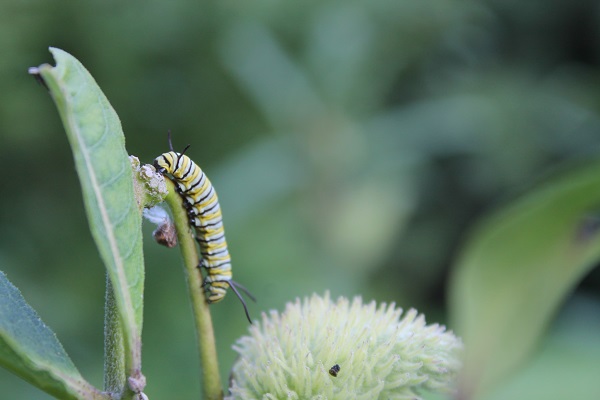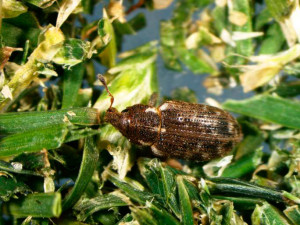 Our stand alone publication, Best Management Practices for Pollinators on New York State Golf Courses, has been revised and republished, now available for on-line reading as a flip book: https://nygcf.com/nysgolfbmp_com/nys_pollinator_bmps_2019/.
Our stand alone publication, Best Management Practices for Pollinators on New York State Golf Courses, has been revised and republished, now available for on-line reading as a flip book: https://nygcf.com/nysgolfbmp_com/nys_pollinator_bmps_2019/.
Over 400 wild species of pollinators inhabit New York State. Golf courses, especially in developed areas, can provide significant areas of habitat to support these species and domesticated honey bees as well. This publication contains the information superintendents need to protect pollinators while responsibly using pesticides to meet their needs and guidance on providing habitat to support healthy pollinator populations.
 Pest management is a critical component of maintaining a playable and functional golf course. A fully implemented best management practices program demands the highest level of progressive
Pest management is a critical component of maintaining a playable and functional golf course. A fully implemented best management practices program demands the highest level of progressive  Drift when it comes to pesticide applications is something to be avoided, as it can potentially cause not only water quality impacts, but also damage to susceptible off target crops. In addition, a lower than intended rate of pesticide will be applied to the turfgrass, thus reducing its effectiveness. To avoid drift, the first step is to know the difference between types: airborne (spray) drift and vapor drift.
Drift when it comes to pesticide applications is something to be avoided, as it can potentially cause not only water quality impacts, but also damage to susceptible off target crops. In addition, a lower than intended rate of pesticide will be applied to the turfgrass, thus reducing its effectiveness. To avoid drift, the first step is to know the difference between types: airborne (spray) drift and vapor drift.